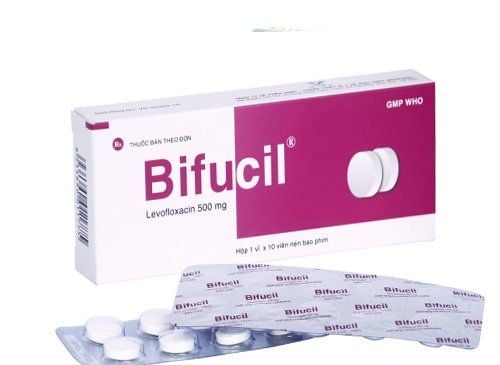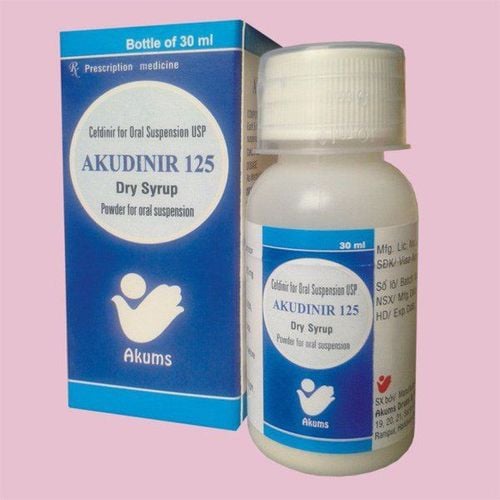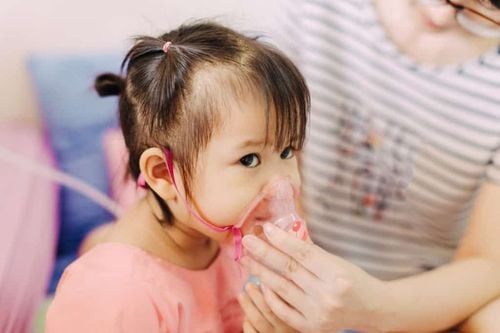This is an automatically translated article.
The article is professionally consulted by Master, Doctor Truong Thanh Tam - Pediatrician - Department of Pediatrics - Neonatology - Vinmec International General Hospital Da Nang and resident doctor Duong Van Sy - Department of Pediatrics - Sister - Vinmec Hai Phong International General Hospital. Dr. Tam has 15 years of experience working in the field of Pediatrics, having participated in many national and international scientific conferences on pediatrics. Her strength is in the diagnosis and treatment of hematologic pathology - Pediatric oncology, resuscitation, pediatric emergency.Pneumonia is an inflammation of the lung parenchyma, caused by various causes. The disease is very common and is the leading cause of death, especially for children under 5 years old.
1. Is pneumonia in children contagious?
Common causes of pneumonia in children are viruses (respiratory syncytial virus - RSV, influenza, Adenovirus,...), bacteria (pneumococcal - Streptococcus pneumoniae, Haemophilus influenzae, staphylococcus, streptococcus, etc.). ..), in addition to less common pathogens such as fungi, parasites,...Pneumococcal and Haemophilus influenzae are the two leading bacterial causes of pneumonia in children.
Childhood pneumonia is an acute infectious disease that is highly contagious and can be life-threatening. Pneumonia can be transmitted from the patient to the people around. Pneumonia patients can spread pathogens such as viruses, bacteria, fungi... through tiny saliva droplets released when coughing, sneezing or talking...
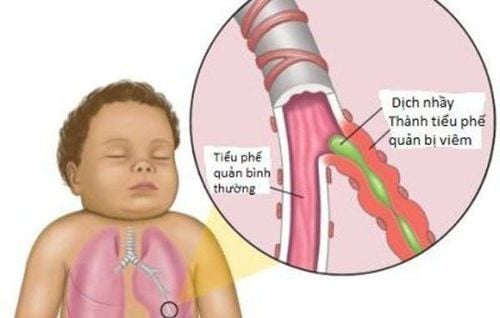
Viêm phổi có thể đe dọa tính mạng trẻ
2. What are the symptoms when a child has pneumonia?
When pneumonia in children, the following symptoms may appear:The child may show an infection such as: low fever or hypothermia (common in infants and premature babies), fatigue, fussiness or lethargy, eat poorly or stop eating. Respiratory system manifestations: Dry cough or productive cough with sputum. Stuffy or runny nose. Wheezing or wheezing. Tachypnea: parents will count the child's breathing by letting the child lie still, do not do strenuous activity (no sucking, no fuss,...), count the movement of the chest or abdomen for the whole 1 minutes, the child has tachypnea when: > 60 breaths/minute in children < 2 months. > 50 beats/min in children aged 2-12 months. > 40 beats/min in children aged 1 to 5 years. Severe cases may appear irregular breathing, irregular or slow breathing, even apnea. Signs of difficulty in breathing such as chest indrawing, bulging nostrils, whining, cyanosis,... Children may have digestive disorders (such as loose stools, bloating, vomiting, ...)
3. What are the signs that a child needs to go to the emergency room?
When the child has signs of danger, life-threatening, parents need to take the child to the emergency room immediately:For children < 2 months: The child refuses to breastfeed or sucks poorly. Child convulsion. Children are sleepy and difficult to wake up. The child has a fever or cold. Children wheeze or appear purple (purple around the lips, purple veins all over the body, ...). For children from 2 months to 5 years old: Children cannot drink. Child convulsion. Children are sleepy and difficult to wake up. The child breathes with a hissing sound.

Trẻ bỏ bú hoặc bú kém là triệu chứng của viêm phổi
4. How to prevent pneumonia for children?
Pneumonia in children can be prevented through some of the following measures:Taking care of and protecting maternal health during pregnancy, managing pregnancy well, limiting obstetric complications (premature birth, asphyxia, infection) after birth,...). Take good care of children, keep them warm, avoid cold, avoid sudden changes in ambient temperature. Breastfeed exclusively for the first 6 months. Keep the clean environment. Avoid letting children contact and share utensils with patients with people with respiratory diseases. Wash your hands often with soap and water
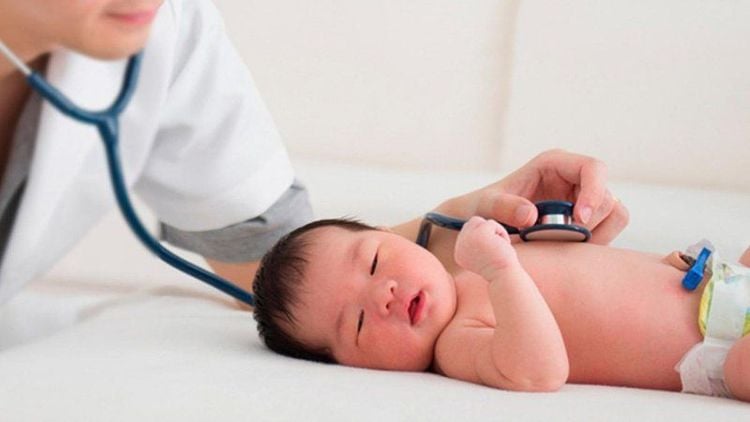
Trẻ viêm phổi cần được phát hiện và điều trị sớm
Please regularly visit Vinmec.com website and update useful information to take care of your baby and family.






